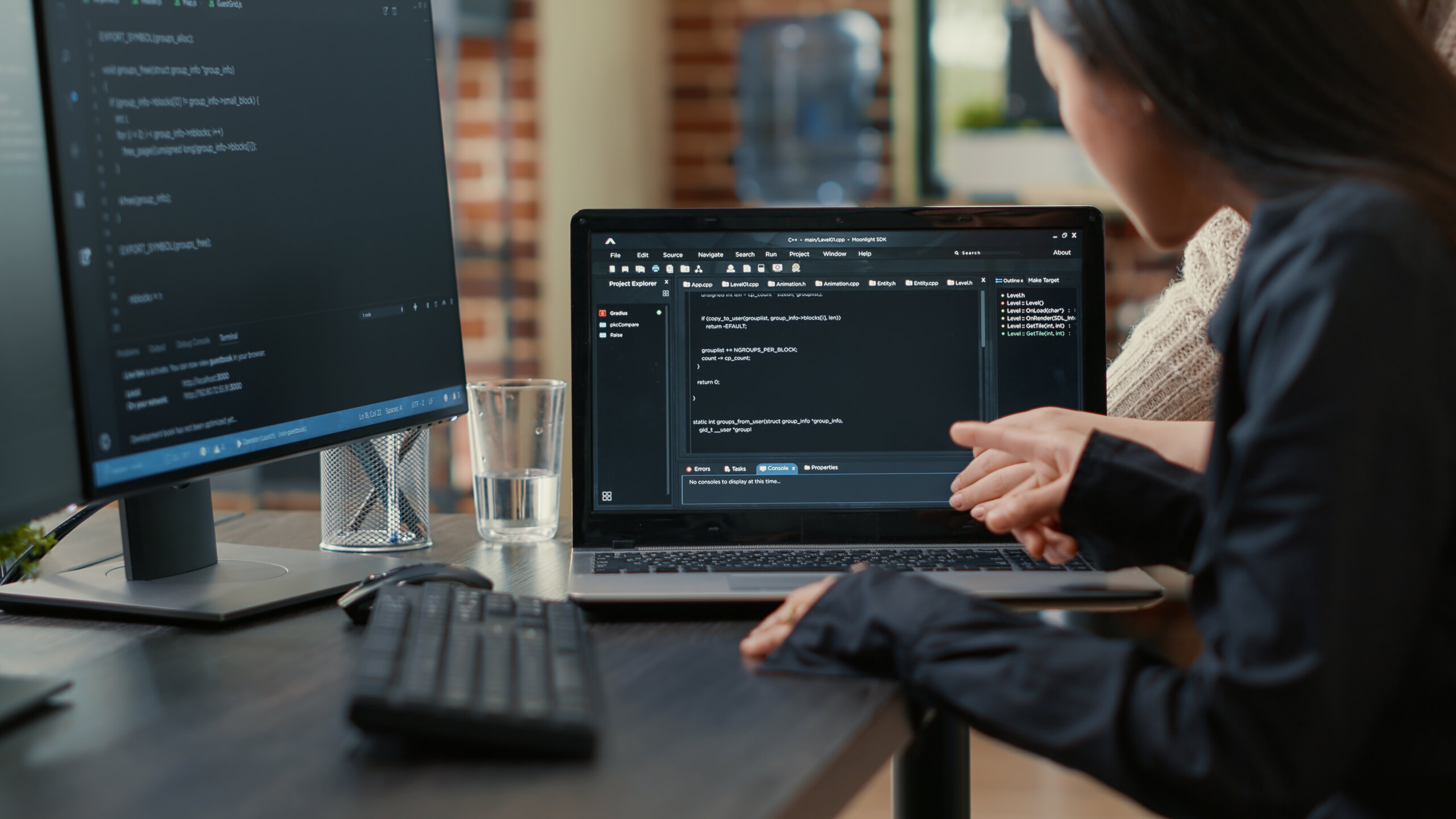These days, more healthcare providers are rethinking how they serve patients beyond the clinic walls. That’s where telemedicine website development and mobile apps come in. If you’re considering building a telehealth platform, it’s not just about writing code — it’s about solving real-world problems with clarity, care, and compliance.
So, where do you begin? What should your app do well — and what can’t it afford to get wrong? Let’s break it down based on what actually works in the field. This telemedicine app development guide is built on real-world experience.
Understand the Market and Define Your Audience
Before jumping into features or design, take a step back. Who exactly are you building this for? A busy GP in a city clinic will likely want fast access to patient history and quick scheduling. Meanwhile, a specialist working in a rural area might care more about stable connections, even on poor internet. Those two users have different priorities — and your app has to support both, or pick one.
Talk to real users. Ask them what slows them down, what they wish existed, and what they never use. Look through app store reviews — what frustrates people again and again?
And don’t stop at patients and doctors. Think about billing staff, clinic admins, and IT teams. If your platform can’t integrate with their workflow or reporting tools, they’ll just default back to old methods. Building a good app means understanding everyone who touches it — not just the end user.
Let’s say your audience includes elderly users. You’ll need to think about font size, button layout, and maybe even voice commands. If your app targets underserved areas, offline mode and data-light design become a priority. These are key considerations in modern telemedicine application development.
Design Accessible and User-Friendly UX/UI
Ever tried helping a grandparent use FaceTime for the first time? Now imagine they’re trying to check in with their doctor through a new app. That’s the mindset you need.
Design like you’re guiding someone gently through the process — large buttons, simple words, clean screens. No clutter. No guessing games. Icons should be familiar. Navigation should feel obvious. And keep everything consistent from screen to screen.
Accessibility isn’t an extra feature — it’s part of the core design. Add screen reader support, proper color contrast, and captions for video. Keep testing the app on different phones, screen sizes, and with people who don’t live and breathe tech.
If someone can open your app, book an appointment, and connect with their doctor — all without asking for help — that’s a win.
Ensure Security and Regulatory Compliance
Let’s be honest: if your app leaks patient info, it’s game over.
That’s why you need to bake security into every step. In the U.S., HIPAA is the gold standard. In the EU — it’s GDPR. Encrypt data at rest and in transit. Limit who can access what. Keep track of every login. And don’t forget BAAs — contracts you need to sign with third-party services that touch health data.
But legal boxes aren’t enough. You have to build trust. Let users know what data you collect and why. Make your privacy policy understandable — not something only a lawyer can read. Give people options to control their info. And if a user wants to delete their data? Make it easy.
Pro tip: regulations change. Assign someone to track this stuff. It’s not exciting — but it saves you from legal trouble down the road.
For secure telemedicine solutions, compliance is just the starting point.
Build for Scalability with Modern Architecture
What if your app takes off? Can it handle 100 users today and 10,000 next quarter?
If you build it right, yes. That’s where modular architecture helps. Break your app into pieces: one service handles video, another messaging, another prescriptions. This way, if video calls lag — you fix that part without touching everything else.
Use cloud services so you can scale up without buying servers. Add CI/CD pipelines to roll out updates smoothly. And don’t forget APIs — your app should be able to “talk” to EHRs, billing tools, and whatever comes next.
Plan for growth, even if you’re launching small. Scalable telemedicine platforms help future-proof your investment.
Must-Have Features in Telemedicine Applications
Let’s talk about the basics your app can’t skip:
- Crystal-clear video and audio — bad call quality ruins trust.
- Secure messaging — for sharing notes, results, or quick check-ins.
- E-prescriptions — that work with local pharmacies.
- Wearable integration — track vitals from home.
- Smart scheduling — no double bookings, no forgotten follow-ups.
- Doctor profiles — patients should know who they’re talking to.
After that? You can add bells and whistles like symptom checkers, multilingual support, or even AI triage tools. Just make sure every feature earns its place. If it doesn’t solve a problem, don’t include it.
Strong telemedicine features make or break the patient experience. If you’re not sure how to develop a telemedicine app with real impact, focus on solving user pain points first.
Telehealth Trends and Innovations to Watch
This space is moving fast. AI is doing more than suggesting symptoms — it’s helping doctors prioritize cases. RPM (remote patient monitoring) is tracking everything from glucose to blood pressure in real time. That means fewer in-person visits and faster responses.
More apps are offering “store-and-forward” care — patients upload symptoms, and doctors reply later. It’s less pressure on both sides and helps with scheduling.
Mental health apps are booming, too. Think therapy via text, mood tracking, or guided meditations. If your app can support asynchronous communication, it opens new doors.
And don’t forget: smaller clinics love white-label solutions — platforms they can brand without building from scratch. If you’re targeting that market, simplicity and support are key. Many choose to build a telehealth app this way to save time and reduce costs.
Testing, Quality Assurance, and Deployment
You only get one shot at a first impression. If your app crashes during onboarding, that user probably won’t come back.
Test early. Test often. Include real users in the process — not just developers. Try everything: slow internet, old phones, weird edge cases.
Set up automated tests for code stability. Use CI/CD pipelines to release updates without downtime. And always have a rollback plan — just in case something breaks.
QA isn’t a final step. It’s part of every sprint.
If you’re serious about telemedicine mobile app development, invest heavily in testing. It can be the difference between success and deletion.
Real-World Examples of Telemedicine Apps
Smart Glasses + Epic Integration: Instant Access to EHR on the Go
Langate partnered with a healthcare software company to turn a bold idea into a working solution — giving nurses access to electronic health records (EHR) via smart glasses. Why? In wards without computers, checking records often meant delays, stress, or even missed details.
Through deep Epic integration and a HIPAA-compliant setup, the team built software that let medical staff pull up patient charts, test results, or care plans — hands-free, right in their field of view. No more walking away from a patient just to open a laptop.
The smart glasses connect to hospital systems using secure APIs and even use AI to predict what info to show next based on voice, motion, and workflow context. The project not only solved a real-world frustration but also opened the door for more accessible, on-the-move care in hospitals.
This is a great example of telemedicine application software development that blends innovation with usability.
FAQ: Telemedicine App Development Best Practices
- How long does it take to develop a telemedicine app?
It depends. A basic version takes 3–6 months. A full-featured app with integrations? Expect 6–12 months or more.
- What compliance standards are essential?
HIPAA (U.S.), GDPR (EU), and possibly PIPEDA (Canada). Know your user base — that decides what applies.
- Can I use third-party tools in my app?
Yes, but only secure ones. Sign BAAs. Check their privacy policies. Vet their uptime.
- What platforms should I target?
Go for iOS, Android, and web. Older users might prefer desktop. Don’t make them download another app.
- How do I monetize a telemedicine app?
Start with subscriptions or per-visit fees. Offer premium tiers to clinics. Or license your tech as white-label to partners.
If you’re looking for a complete telemedicine app development guide, remember: user-first design, compliance, and smart architecture will get you far. Done right, your app becomes more than software — it becomes part of someone’s care routine. And that’s when it really matters.





